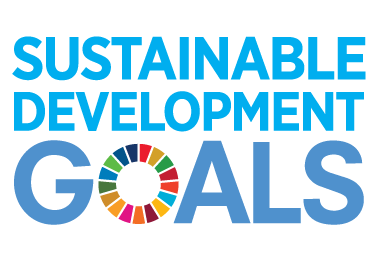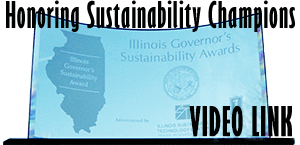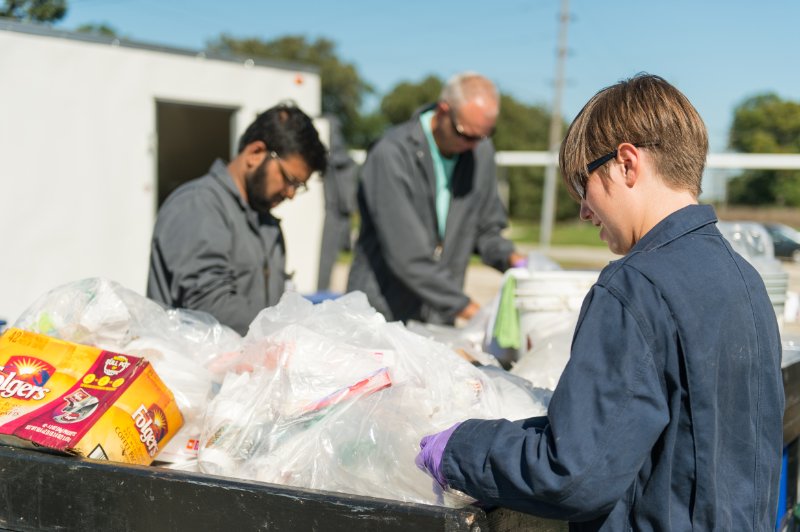A report prepared by researchers from the World Resources Institute (WRI) and the UK non-profit waste reduction organization WRAP, called The Business Case for Reducing Food Loss and Waste, was released last month by Champions 12.3. Champions 12.3 is “a coalition of executives from governments, businesses, international organizations, research institutions, farmer groups, and civil society dedicated to inspiring ambition, mobilizing action, and accelerating progress toward achieving SDG Target 12.3 by 2030.”

If you’re unfamiliar, “SDGs” are the United Nations Sustainable Development Goals, a group of 17 goals and associated targets outlined in Transforming our world: The 2030 Agenda for Sustainable Development, aka United Nations Resolution A/RES/70/1 adopted 9/15/15. The goals went into effect in 2016, and build upon the UN’s Millenium Development Goals (MDGs). They call on all nations to end poverty in all forms by promoting individual well-being while also protecting our shared environment. The goals aren’t legally binding, but nations are expected to devise implementation frameworks and regularly report on their progress toward the goals. Goal number 12 specifically deals with “Responsible Consumption & Production,” and Target 12.3 states “By 2030, halve per capita global food waste at the retail and consumer levels and reduce food losses along production and supply chains, including post-harvest losses.” Hence the name of Champions 12.3–this group is focused on halving per capita global food waste by 2030.
In preparing The Business Case report, WRI and WRAP reviewed 1,200 business sites across 700 companies representing a range of sectors in 17 countries. They also looked at data from 2007-2012 for the United Kingdom specifically, and at 2012 data for West London. Thus, they considered “financial impacts of historical food loss and waste reduction efforts conducted by a country, a city, and numerous companies.” Their results revealed “the financial benefits of taking action often significantly outweighed the costs.” From the report:
- For businesses: “We found that 99 percent of the sites earned a positive return on investment. The median benefit-cost ratio—where half of the sites achieved a higher ratio while half achieved a lower ratio—was 14:1. In other words, half of the business sites earned greater than a 14-fold financial return on investment. Thus, for every $1 (or other relevant currency) invested in food loss and waste reduction, the median company site realized a $14 return. Company sites with the highest returns tended to be restaurants. Hotels, food service companies, and food retailers tended to have ratios between 5:1 and 10:1.”
- For the UK: “In 2007, the country launched a nationwide initiative to reduce household food waste. By 2012, it had achieved an astounding 21 percent reduction in household food waste relative to 2007 levels. The ratio of purely financial benefits to financial costs attributable to the UK initiative was more than 250:1 (250 to 1), a very substantial return on investment.”
- For West London: “In 2012–13, six West London boroughs implemented an initiative to reduce household food waste. The initiative resulted in a 15 percent reduction, with a benefit-cost ratio of 8:1 when considering just the financial savings to the borough councils. In other words, for every £1 invested in the effort, £8 was saved. The benefit-cost ratio was even higher, 92:1, when the financial benefits to households located in the boroughs were included.”
Moreover, their interviews with more than two dozen government and business leaders indicate that there are a number of strategic yet non-financial motivators for reducing food loss and waste, including food security, waste regulations, environmental sustainability, stakeholder relationships, and ethical responsibility.
In light of these results, Champions 12.3 encourages governments and companies to “target, measure, and act” to realize the business case for themselves by:
- setting a target for reducing food loss and waste aligned with SDG Target 12.3
- measure their food loss and waste to understand the amount of waste generated, where it happens, and why, and then to monitor their reduction progress over time
- implement practices, programs, and policies that reduce food loss and waste (proven approaches are showcased in the Business Case report)
Is your organization ready to “target, measure, and act” to fight food waste and realize substantial returns on your waste reduction investments? If you need assistance with assessing your waste generation (food or otherwise) and identifying and implementing reduction opportunities, contact the ISTC Technical Assistance Program’s Zero Waste unit.
![]()












